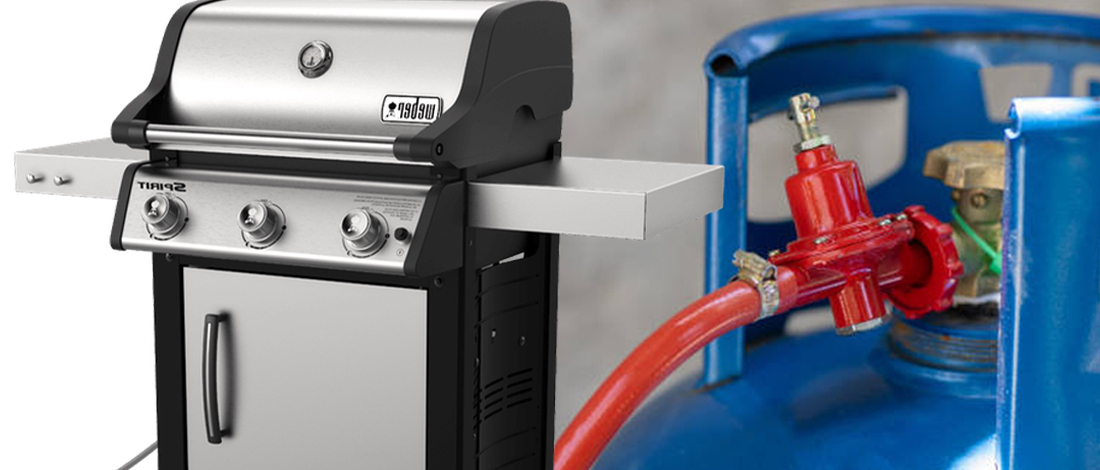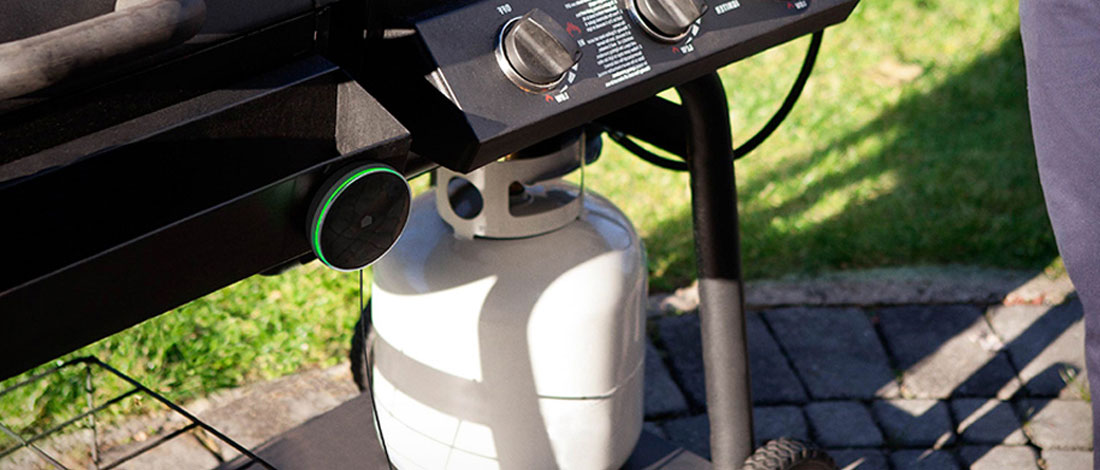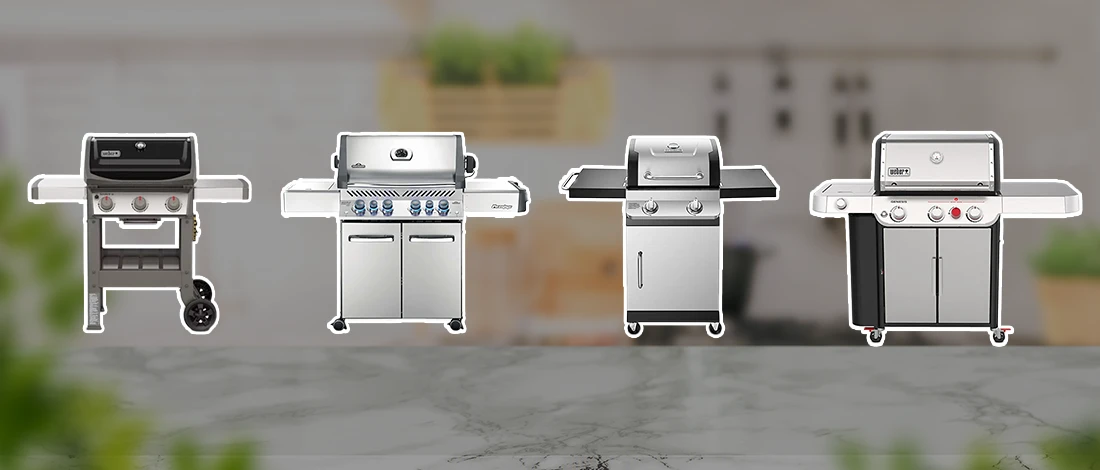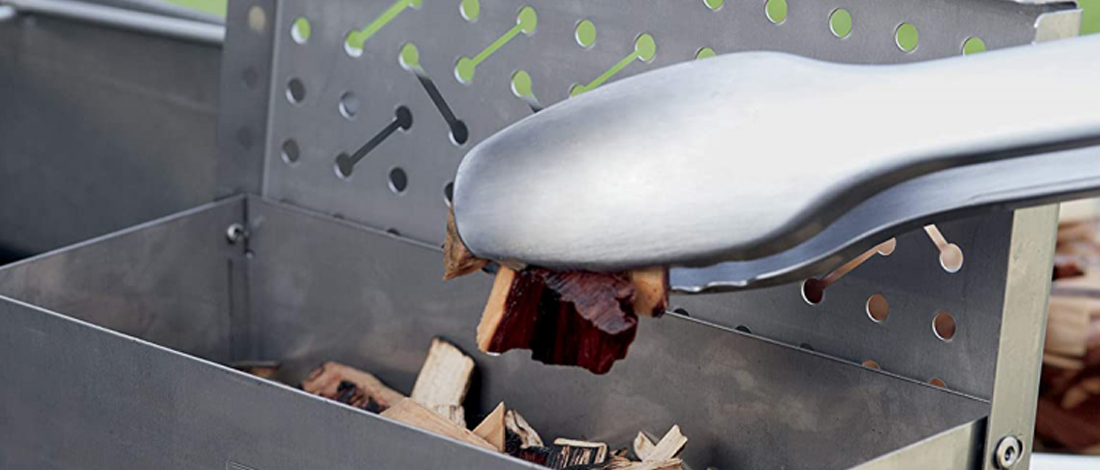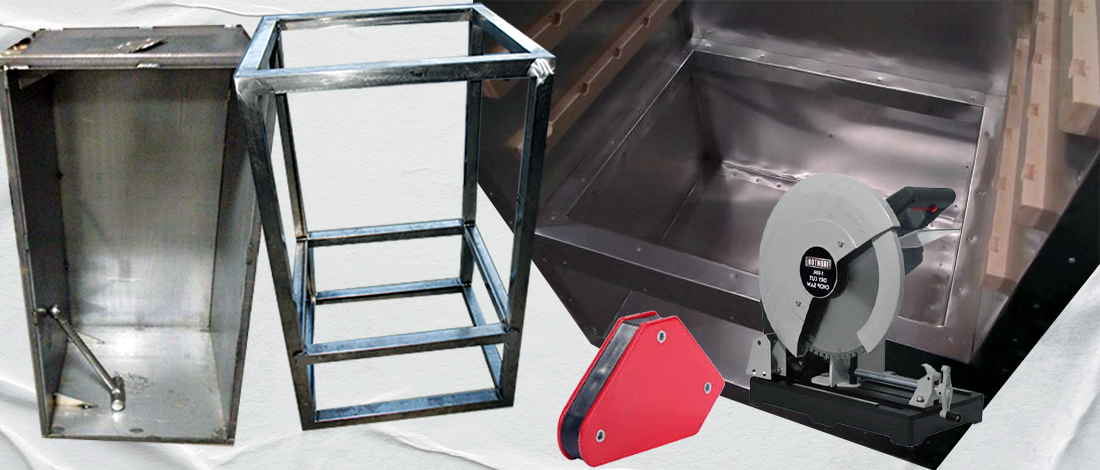More and more people are looking to convert their propane grill to natural gas for various reasons.
One of the main reasons can be the propane tank, which needs to be periodically refilled or replaced.
Another big reason is the price, as natural gas is a cheaper fuel. You can plug your grill into the home’s natural gas line and greatly reduce the costs.
Whatever reason you may have, you should never use a propane grill to burn natural gas. You have to convert it properly first. This is quite simple, but requires some time and equipment.
After successfully converting my home grill from propane to natural gas, I made this guide so you can quickly and safely do this on your own. Let’s dive in.
Quick Summary
- Converting a propane grill to natural gas requires following five steps including stopping gas flow, taking the grill apart, replacing parts, and connecting to the natural gas fuel supply line.
- Before conversion, it's essential to check if the grill can be converted, consult an expert for safety, and get a compatible conversion kit.
- A study on the Oklahoma State University Extension website reveals that at 85% efficiency and with prices at $1.80 per gallon for propane and $0.70 per Therm for natural gas, the costs per MMBtu are $23.12 for propane and $8.24 for natural gas, demonstrating that natural gas is the less expensive energy source [1].
- Conversion to natural gas is cost-effective and convenient, but not all grills can be converted.
3 Things to Consider Before the Conversion
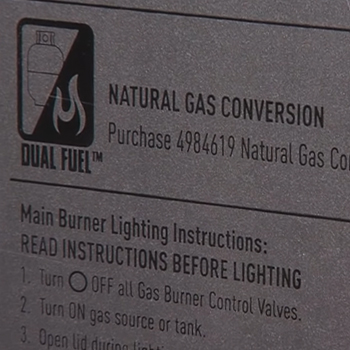
There are several things you should do before you start converting your propane grill to natural gas. These steps will help you to stay safe.
1. Check If Natural Gas Conversion is Possible
First, you will need to check if it’s even possible for your grill to be converted to run on natural gas.
Look for the sticker or markings on your grill, which usually suggests whether the conversion is possible.
Also, you can use the information from the owner's manual or look up the manufacturer's website.
2. Consult the Expert
Before you decide for conversion you should consider talking to an expert, to avoid possible danger to you or your home.
An expert will inspect if you are doing everything safely and advise you about the fittings you should buy and where to look for the needed parts.
Moreover, according to the US Energy Information Administration, environmental and safety reasons can also be a good motivation to switch from propane to natural gas [2].
3. Get the Conversion Kit
Conversion can’t be done properly if you don’t have the right tools for it. That’s why you should get the conversion kit that is compatible with your grill.
You should consider getting the conversion kit that is supplied by the same manufacturer as your grill. Also, you can get some recommendations from the manufacturer or an expert on which conversion kit to get.
Convert Your Grill to Natural Gas in 5 Easy Steps
If you’re done with previous precautionary measurements, you are now ready to convert your grill to natural gas.
If you used your grill recently, leave it at least three hours to cool down, and then start the work. There are 5 required steps you will need to follow and it’s best if you do it outdoors.
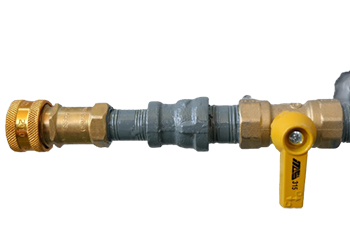
Step 1 - Stop All the Gas Flow
Before starting the natural gas conversion, it is necessary to disconnect the natural gas in your home.
After you’ve done that, close and remove the propane bottle with fuel from your grill and open the valve to let residual gas leave.
Also, remove the propane pressure regulator and propane gas hose.
Step 2 - Take the Grill Apart
Disconnect outdoor grill and take off its parts: warming rack, grates, hitch pinch, carryover tubes and burners.
Find the orifice removal tool in your conversion kit and use it to unscrew the orifices located at the end of the valves. These orifices are not compatible with natural gas, only with propane, so find the orifices that are matching with your grill.

Step 3 - Replace the Parts
Some appliances have special valves and burners designed to accept propane gas.
That’s why you should change the propane gas bezels from the control panel with those from your conversion kit.
After that, insert the burner tubes back into the firebox burner holes.
Make sure that portholes are facing upward and the tube burner engages the valves properly.
Step 4 - Connect the Outdoor Grill to the Natural Gas Fuel Supply Line
Find the valve of your home’s natural gas supply. Run a hose and regulator from it to the suitable manifold connection and a gas line to the grill. Install a shut-off valve at the end of the line and secure it to the building or deck.
Now it should be safe. Make sure the line is as short as possible - you will use less natural gas and the costs will be lower.
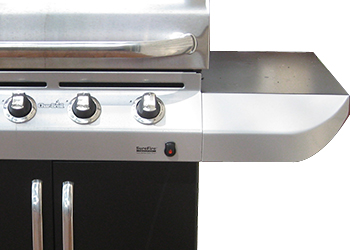
Step 5 - Check it and Test it
Check if all the gas connections are completely tight and there are no gas leaks in the line. You can use soap water for this.
Put it all over the seams and hose, and then check if there’s any bubbling. If not, you’re ready to turn it on and test it.
Read More:

Reference:
- https://extension.okstate.edu/fact-sheets/true-cost-of-energy-comparisons-apples-to-apples.html
- https://www.eia.gov/energyexplained/natural-gas/natural-gas-and-the-environment.php

